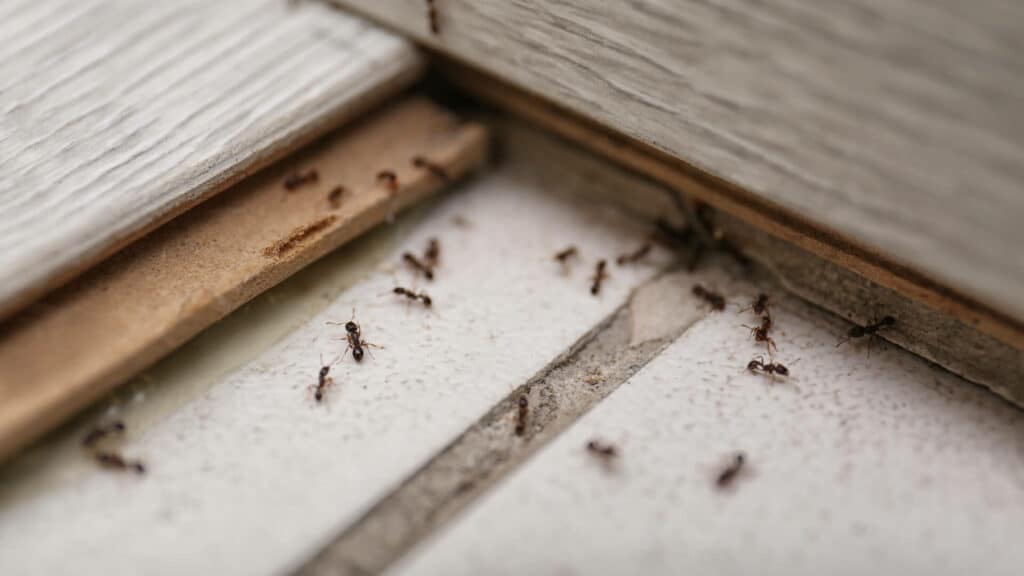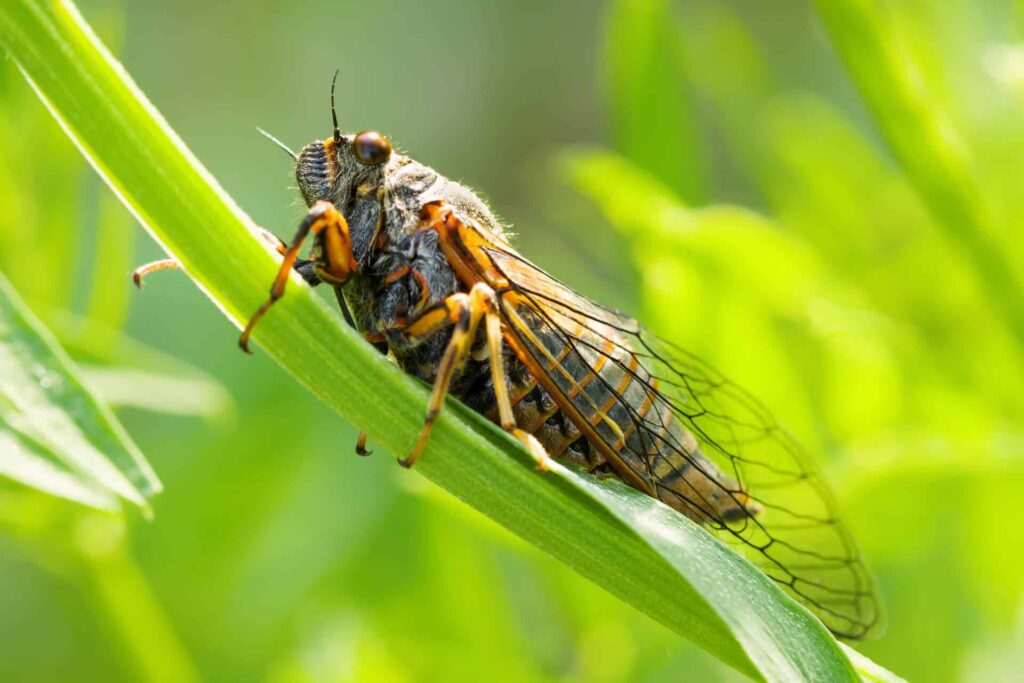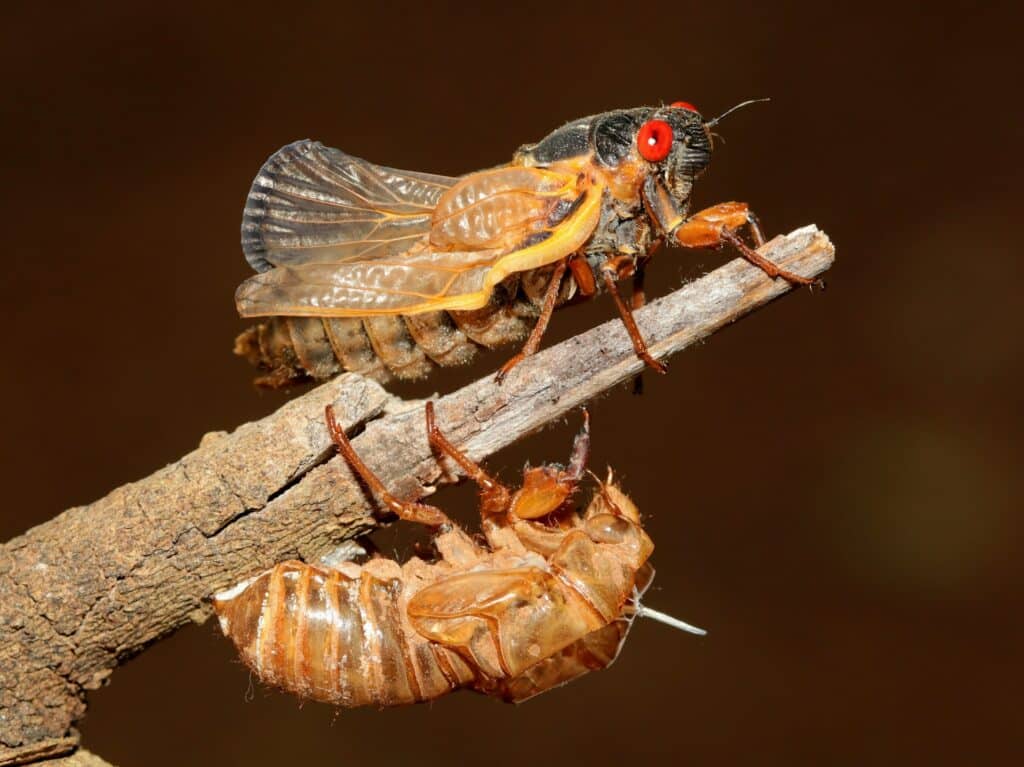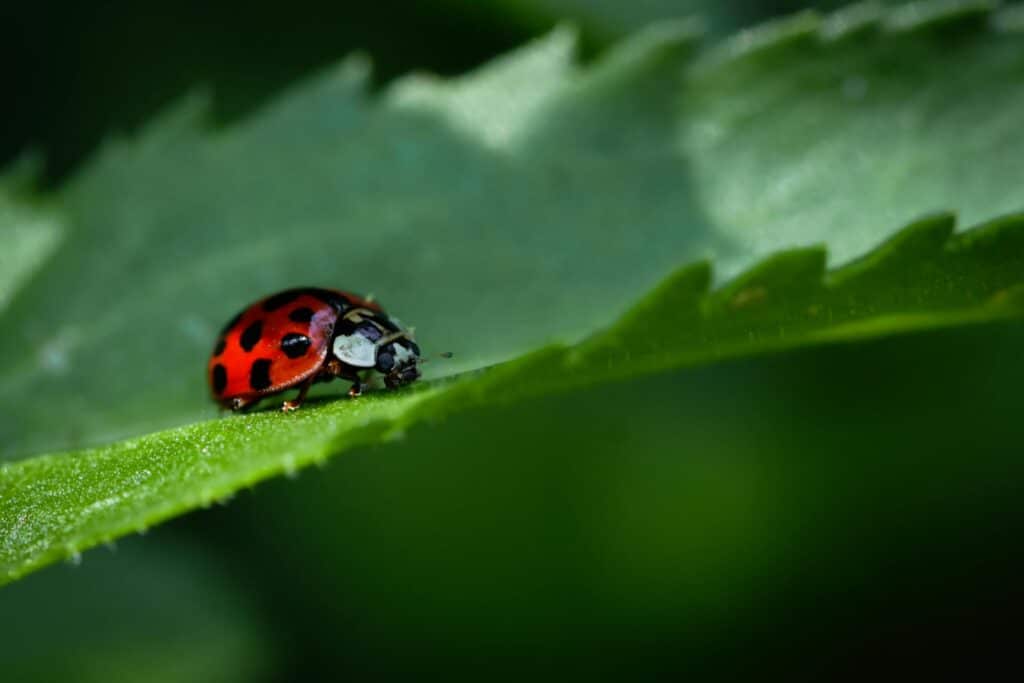Spiders are often intriguing guests in our homes, and although they may help control other pests, their presence isn’t always appreciated. While many spiders are more of a nuisance than a threat for homeowners, certain species can pose risks, making it important to control spiders’ presence effectively. Knowing how to identify a spider can help you determine whether you’re dealing with non-hazardous ones or potential threats.
Let’s jump into how to identify a spider, understand their habits, and spot the early signs of an infestation with this guide. Learning these things about spiders may help you prepare for your challenge against them.
Identifying Spiders Inside the Home
Spiders can be difficult to identify at first look since they come in a variety of sizes and forms. But not all spiders are venomous, even if their presence could alarm many homeowners. Some spiders have roles in controlling your home ecosystem. They are quite beneficial and contribute to the maintenance of other pests. However, if you notice more webs or specific types of spiders more frequently, it may be a sign of a more serious infestation problem.
You may take note of where you see these spiders. If you find them in dark corners, basements, or attics, it could indicate their preferred hiding spots. If you regularly see spiders in areas where you spend a lot of time, like your living room or kitchen, it might be worth investigating further.
Also, consider the frequency of sightings. If you only see a spider occasionally, it’s probably not a cause for concern. However, if you start noticing more webs or multiple spiders in a short time, this might suggest a larger problem. It’s important to remain calm and gather information about what you’re dealing with. Remember, not every spider poses a threat. Many can even be beneficial by helping control other pests in your home. Just stay observant and keep track of what you find.
8 Common Types of Spiders in Homes and How to Identify Each of Them
Here are the common types of spiders you might find, how to spot them, and the early signs of a potential infestation. Catching these signs early can prevent a small spider issue from becoming a bigger problem.
- Cobweb Spiders: If you see small spiders with rounded, gray, or brown bodies, these are cobweb spiders. You’ll often find these little pests spinning their messy, uneven webs in places like basements, attics, and the corners of rooms. While they’re gentle, their webs can become a bit annoying, especially in areas of the house that don’t get much action.
- Orb Weaver Spiders: You can’t miss orb weaver spiders with their wheel-shaped webs that they create in gardens, around windows, and between trees. You can spot orb weaver spiders both day and night, as they have nocturnal and diurnal species. If you see them, you’ll notice they come in various colors: brown or gray, mostly active at night, and yellow or orange with black markings during the day. While their large webs can look intimidating, orb weavers are not dangerous to you and prefer to hang out in trees in your yard.
- Jumping Spiders: If you spot a spider with compact bodies and short legs, these are jumping spiders. Their curious nature and large eyes make them easy to recognize. Although they might catch you off guard, they typically don’t pose any threat and usually don’t stick around for long.
- Ground Spiders: You might see ground spiders near windows, doorways, and baseboards. If you come across them, you’ll notice they are typically gray or brown with small to medium-sized bodies. Ground spiders prefer to stay close to the floor and are often seen scuttling around open areas indoors.
- Funnel Weaver Spiders: You may spot these spiders in yards or in corners of your home. Funnel weaver spiders usually have brown bodies with distinctive stripes and are known for their quick movements. Although their webs can get out of hand and look unattractive, they’re not a threat to you.
- Wolf Spiders: If you see these large, fast, dark brown or gray spiders with unique patterns on their backs, you don’t need to worry as they’re not usually a danger to you. While wolf spiders can look intimidating, you can just find them scurrying across the ground rather than in webs as they hunt for food.
- Recluse Spiders: You can spot recluse spiders, like the brown recluse, by the distinctive violin-shaped marking on their backs. If you see them, they prefer dark, hidden places like closets, attics, or storage areas. While they usually avoid people, don’t go near them because their bites can be serious and may cause painful reactions or skin problems. If you suspect you have one in your home, it’s important to call in a professional immediately.
- Widow Spiders: If you spot their sleek black bodies and the distinctive red hourglass pattern on their abdomens, it’s best to call a removal expert right away. Widow spiders tend to hide in dark, secluded spots such as basements, garages, and outdoor sheds. If you come across one, keep your distance, as their venom can lead to serious health issues.
5 Signs to Consider Taking Action Against Spiders
Spiders aren’t such a threat to every household, but there are occurrences where you need to act immediately or, in the worst-case scenario, call the experts to avoid severe infestations in your home. Here are some important signs of spiders in the home, arranged from least to most urgent:
1. Musty Smell Around Your Home
If you notice a musty odor in your home, it could indicate decaying prey left by spiders. If you smell this foul odor, try to locate its source, which is usually in the attic or basement, where spiders often hide. Try to consider using natural repellents like vinegar or citrus spray in areas where you’ve noticed spider activity. The scent can deter spiders from settling in.
2. Sheddings of Spiders’ Exoskeletons
If you find shed skins or exoskeletons around your home, it’s a clear sign that spiders are active and likely reproducing, which may lead to a huge infestation. To address this, clean the areas where you see the shed skins, declutter spots that could be hiding places, and seal any gaps around windows or doors.
3. Increased Number of Insects in Your Home
An increase in insects at home can signal a potential spider issue since spiders are attracted to abundant food sources. To address this, identify the insects present and maintain regular cleaning to eliminate food debris. Sealing gaps and cracks around windows and doors can help keep both insects and spiders out. You may also ask pest control experts for pest extermination.
4. Visible Webs and Egg Sacs
The discovery of webs and egg sacs around your home clearly shows that spiders have made themselves at home. Webs can indicate that spiders are not only present but also reproducing, leading to a larger infestation. Egg sacs can hatch into numerous baby spiders, further complicating the issue.
If you spot an egg sac on your property and the mother spider is not around, you may use a vacuum to remove the egg, quickly put it in a bag, and throw it in your bin. However, before you act on your own, you must identify what type of spider laid those eggs. There may be instances where the mother spider is present and dangerous, and in that case, it’s best to call for immediate help from experts to handle the situation.
5. Presence of Venomous Spiders
If you suspect that venomous spiders, like black widows or brown recluses, are lurking in your space, it’s advisable to seek professional assistance. These spiders can pose significant health risks due to their venom, which can lead to serious medical issues. Trying to handle these spiders on your own may result in unintended encounters, so it’s wise to let experts manage the situation.
Take Control of Preventing Spider Infestation in Your Home with Aptive
Aptive is aware of how handling a spider infestation can be such a challenge for homeowners. Our skilled pest control specialists can provide you with an array of pest control services, including spider control and extermination. We understand that the thought of spiders in your house can be unsettling. Our team is dedicated to finding effective solutions tailored to your specific needs. Get your complimentary quote now, and we’ll help you ease your worries about spiders in your home.
Our pest library is always available for insightful information on common pests and useful protection techniques. By keeping yourself informed, you can keep your house welcoming and comfortable for you and your loved ones.









